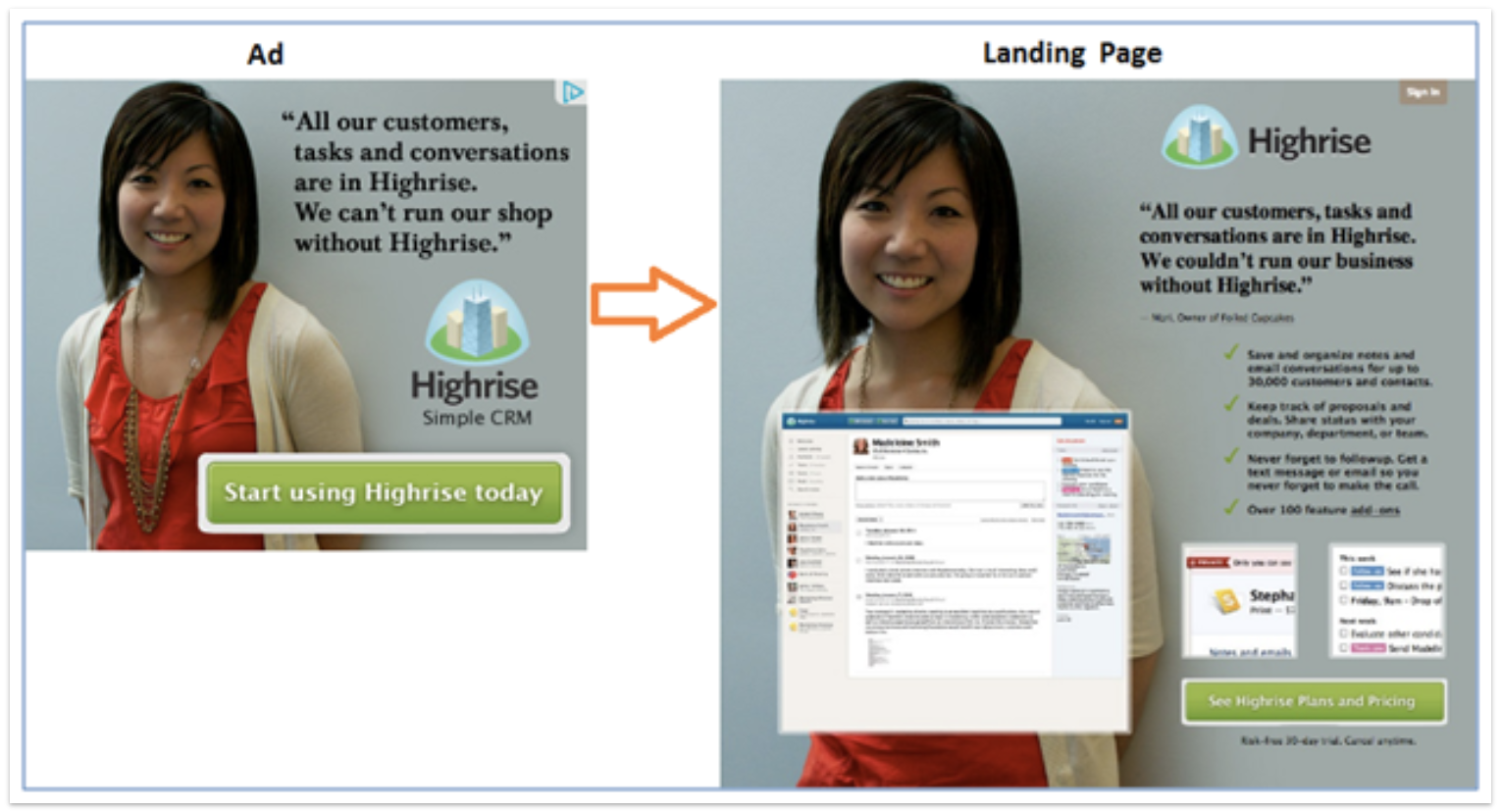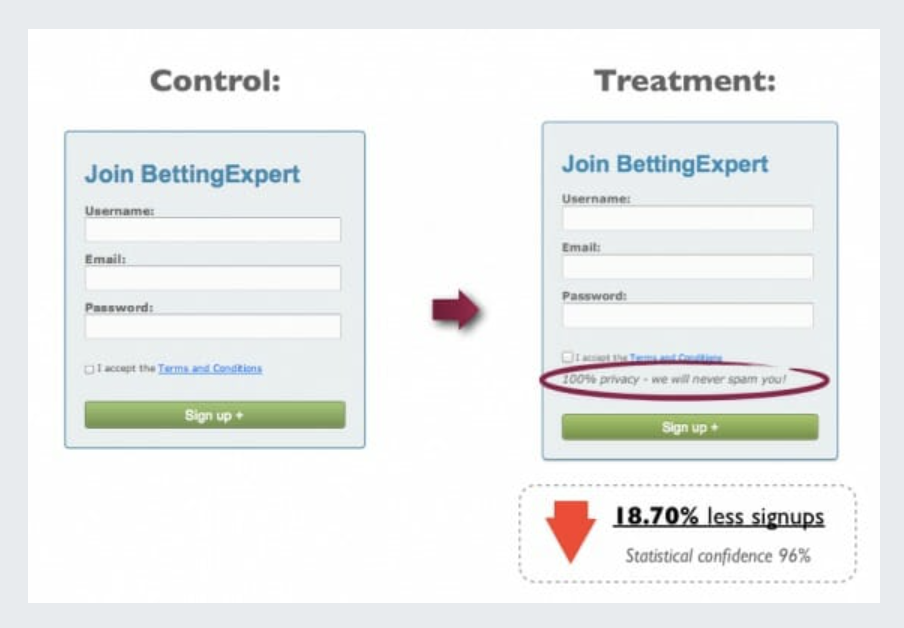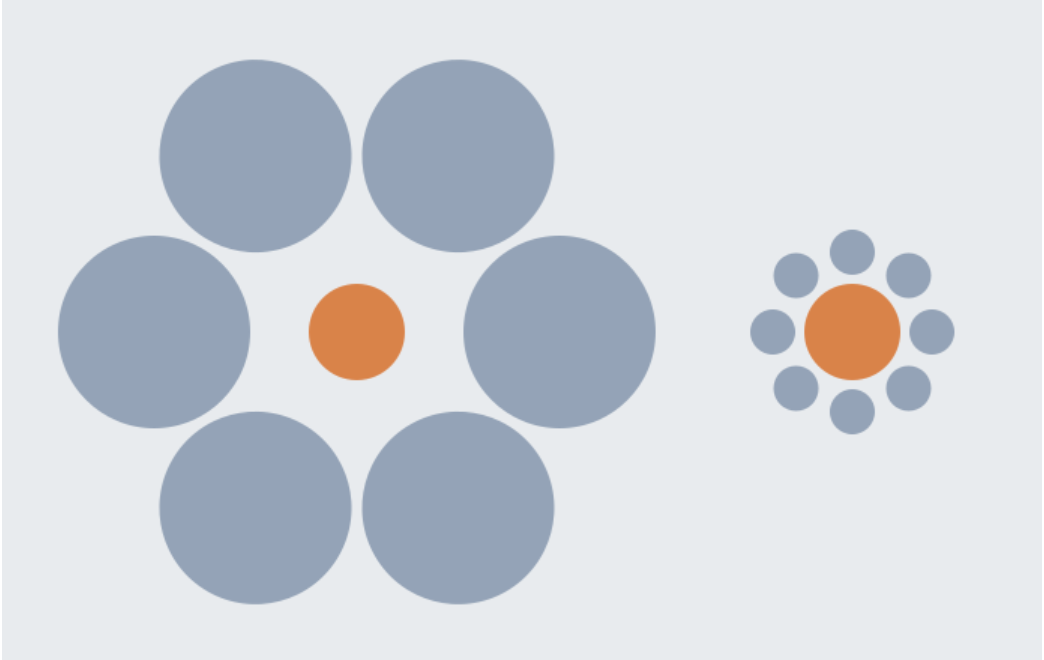
CRO Round-up – February 2021
We’ve also got an A/B testing How-To for those new to conversion rate optimization. As well as a post on how to write a solid A/B testing hypothesis.
We also dive into some consumer psychology with perceptual sets, and how to use them in marketing. And lastly, we cover retargeting and how this can be used as a powerful CRO tool.
Landing Page Optimization Tactics for Different Sources of Traffic
https://www.invespcro.com/blog/landing-page-optimization-tactics-for-different-sources-of-traffic/
How are you currently optimizing your landing pages? Are you taking a different approach depending on where the visitor came from, for example social media, organic traffic, or a guest post? InvespCRO delves into the main intention of the visitor in the traffic sources below:
Social media:
- Consistency is key. The colour, typography and visual design of the landing page, should match the social media ad.
- Landing pages should be optimized for mobile.
- Each element on the page should notify the visitor they’ve landed at the right place, and that the offer they wanted is only a CTA click away.

Invespcro https://www.invespcro.com/blog/landing-page-optimization-tactics-for-different-sources-of-traffic/
Podcast:
- Appearing on a podcast can be a great source of traffic. Make sure you aren’t just sending people to your homepage though.
- If you want to have high conversion rates from that traffic, make a customized landing page.
- It should address the main topics covered in your podcast episode, so that it has the same “feel”.
Email Signature:
- Sending people to your homepage is not necessarily bad here, but consider using it as an opportunity to add a more personal, bottom of the funnel touch.
Thank You Landing Pages:
- Your thank you page, that visitors see after filling out a form can be utilized as an opportunity to upsell.
- Give your leads the opportunity to educate themselves and continue browsing after they convert.
Visitors Who Have Just Signed Up:
- An effective post sign-up page should make full use of the momentum that the visitor has at that very moment.
- Use a post sign up page or pop up to drive even more opt-ins to create a snowball effect.
How To Do A/B Testing
https://www.convertize.com/how-to-do-ab-testing/
New from Convertize is a no fuss guide to getting started with A/B testing.
Where do I start?
- First you need to define what your goal is
- You’ll also need enough traffic to run reliable tests
- User research
- Hypothesis
- Testing tool
Choosing the most suitable testing tool:
- For growing businesses Convertize is recommended.
- For agencies VWO is the best choice.
- For app developers, Optimizely is the go to.
5 steps to A/B testing:
- Funnel analysis
- Creating and prioritising your hypotheses
- Designing your experiment
- Running your experiment
- Interpreting your result
The 3 most common mistakes:
- Not prioritising the right things. Make a priority table to ensure you are testing the things with the most potential and importance.

3. Stopping tests too early. Statistical significance must be reached to ensure the results are reliable.
Check out the article here for more detailed descriptions.
How to Write a Solid A/B Test Hypothesis
https://blog.optimizely.com/2015/01/29/why-an-experiment-without-a-hypothesis-is-dead-on-arrival/
Running an experiment without a hypothesis is like heading on a road trip with no destination in mind. You will end up somewhere, but you might not gain what you wanted from the experience.
“If you can’t state your reason for running a test, then you probably need to examine why and what you are testing.”
—Brian Schmitt, Conversion Optimization Consultant, CROmetrics
A hypothesis states what is being changed, what you expect the outcome to be, and why. Then your test will either prove or disprove this.
The 3 components of a hypothesis are: “If ____, then ____, because ____.”
- The variable
- The result
- The rationale

Not all hypotheses are created equal. Make sure you’re testing high impact optimizations, rather than testing for the sake of it.
Read the full article here.
How Understanding Perceptual Sets Can Make You A Better Marketer
https://cxl.com/blog/perceptual-sets/
Why do CTA’s that look “ugly” sometimes perform better than ones that look “pretty”? Understanding perceptual sets and how they affect our behaviour can give you insights into marketing & CRO strategy.
What feeling, sensation or need does your brand provoke? The context in which your customers or clients engage with you, can unconsciously affect their behaviour. For example, if someone is shopping on your site and sees a coupon code, but they don’t have one, they are more likely to get FOMO about missing out on an offer, and abandon cart.
Another example is if you have trigger words, such as spam present (to reassure them they won’t be spammed) could actually have the opposite effect, of making them think twice about signing up.

It can be a challenge to portray a product’s actual size in an online store. However, representing the size accurately can make or break people’s purchasing decisions, and be a huge boost to conversions.
Take the example below:

If you’re selling furniture, or household items such as speakers, it pays to include a photo of how it actually looks in a real setting. Overstock is a great example of a brand that does this.
Perception of product value:
It has been repeatedly proven that the size of a product image influences the amount people will pay for it. We naturally equate more size, with more value.
The reverse was true for experience focused goods though. And that goes to show that these things should always be tested.
In conclusion, humans tend to believe that they are rational, but in fact, are anything but. While understanding human behavior and psychology is a lifelong pursuit, it pays to learn the many ways in which we don’t act or behave as we should, so you can use them to your advantage.
Retargeting: An Incredibly Powerful CRO Tool
https://vwo.com/blog/retargeting-an-incredibly-powerful-cro-tool/
What is retargeting and how is it different from remarketing?
Once a visitor has browsed your site, abandoned cart, or purchased something, they are tagged with a retargeting cookie in their browser. This allows you to show relevant ads based on their activity once they leave. You can also combine retargeting, with A/B testing, for better performance and increased conversions.
While retargeting focuses on roping prospective customers into your sales funnel predominantly through advertisements (banner and social media ads), remarketing strategies remind users to re-engage through emails or push notifications.
Retargeting isn’t “creepy”.
Studies have shown that more people actually react positively to retargeting ads, than negatively. A case study suggested that using retargeted advertisements is a very effective way to win back lost customers.
A company called Postano, created a range of banner ads to target marketing directors in different industries. They then optimized these banner ads for maximum effectiveness. All visitors got cookied and were retargeted for 60 days. At the conclusion of their 60 day campaign, they saw a 364% increase in clickthrough conversions and a 278% increase in conversion rate (measured by requested product demos.)

Crucial retargeting concepts for CRO.
- Observing your visitor behaviour by using tools to discover what they are actually doing on your site. On-page surveys are also a powerful tool to understand their hesitations.
- Derive insights on what to test on your high traffic landing pages using heatmaps.
- Create a CRO roadmap for continuous improvement.
- Retargeting in the B2B space:
- Use industry-targeting
- Be mobile first
- Use email addresses for remarketing campaigns
- Segment your visitors in the funnel
When done well, retargeting (or remarketing) enables marketers to build a holistic and sustainable CRO ecosystem that caters to lost visitors at every stage of the funnel.








 To get started, please enter your details below
To get started, please enter your details below
0 Comments